
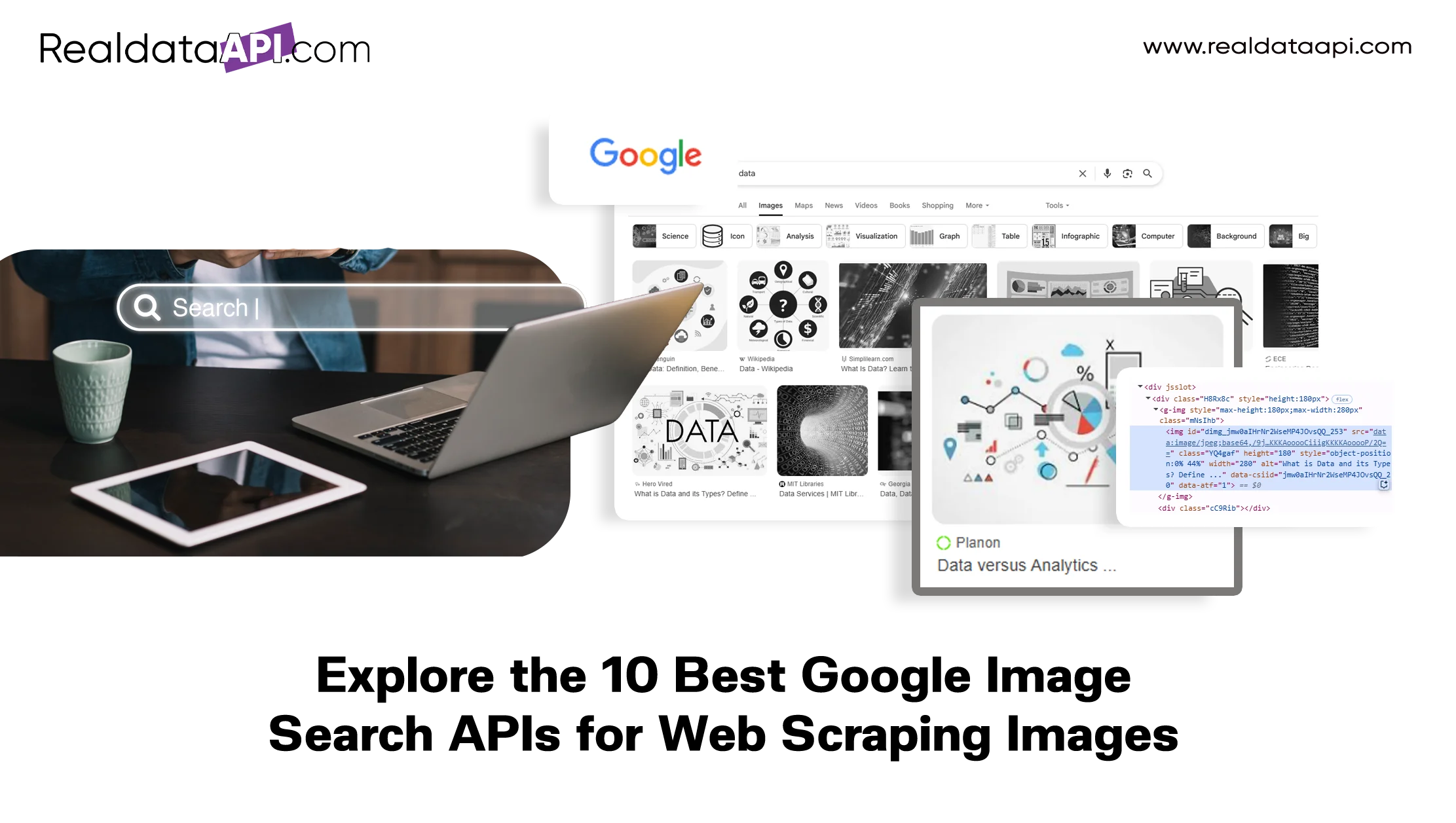
Introduction
In the era of visual content and AI-driven applications, extracting high-quality image data is critical for industries ranging from e-commerce to travel. Google Image Search APIs offer structured access to image data, reducing manual effort and improving accuracy. In this blog, we review the top 10 Google Image Search APIs for web scraping images, including features, pros, cons, and use cases.
Google Image Search APIs vs Scraping: The Clear Winner for Image Data
When it comes to collecting image data from the web, two main approaches dominate the field: traditional web scraping and using Google Image Search APIs. While both methods can extract images, Google Image Search APIs offer a far more efficient, scalable, and reliable solution—making them the clear winner for developers and data professionals.
| Aspect | Google Image Search APIs | Web Scraping |
|---|---|---|
| Ease of Use | Simple to use with well-documented endpoints and structured data | Requires building and maintaining custom scripts and parsers |
| Reliability | Highly reliable; consistent output and less prone to errors | Prone to breaking due to website layout changes and anti-bot measures |
| Scalability | Easily scalable to handle large volumes of requests | Limited scalability; risk of IP bans and rate limiting |
| Maintenance | Low maintenance; updates handled by API provider | High maintenance; needs frequent updates to keep up with site changes |
| Data Quality | Provides rich metadata (image size, type, license info) | Metadata extraction depends on site structure and can be incomplete |
| Legal Compliance | Includes licensing info; helps filter images by usage rights | Risk of copyright infringement; no built-in licensing info |
| Speed | Fast and optimized for image searches | Can be slow due to crawling and parsing overhead |
| Cost | May have usage costs depending on API provider | Generally free but high hidden costs in development and upkeep |
| Risk of Blocking | Minimal; API provider manages access | High; websites often block scrapers with CAPTCHAs or IP bans |
Summary
Google Image Search APIs offer a streamlined, reliable, and legally safer way to gather image data compared to traditional web scraping, which requires more effort, maintenance, and carries higher risks.
Choose Google Image Search APIs for faster, safer, and smarter image data extraction—start today!
Get Insights Now!Top Google Image Search APIs to Use in 2025
Let’s dive deeper into the top 10 Google Image Search APIs.
1. Real Data API
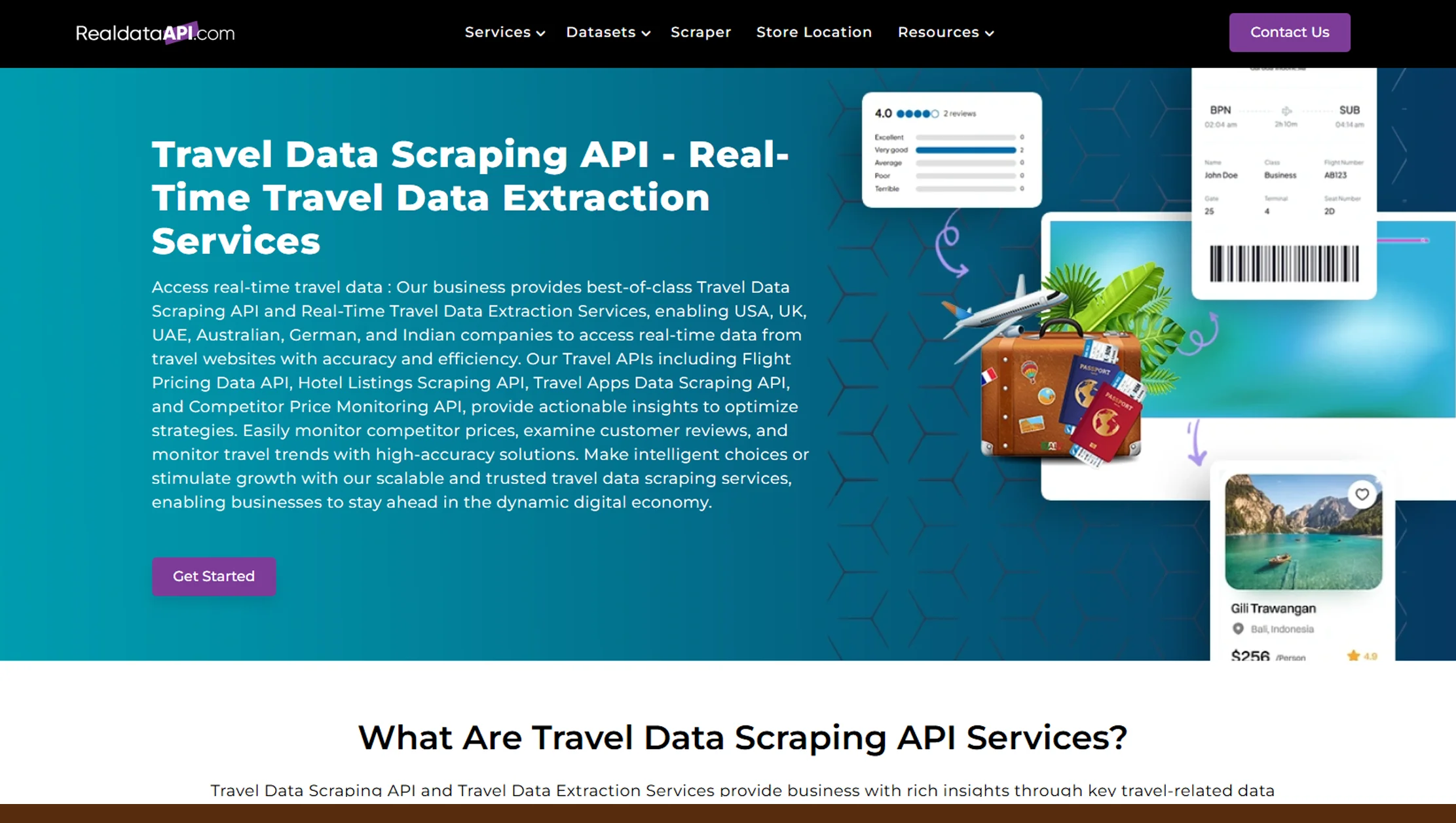
Real Data API is a robust and comprehensive solution designed specifically for large-scale image data extraction. It stands out in the crowded field of image search APIs by combining high-speed performance with intelligent features that help businesses automate and scale their image scraping workflows efficiently.
Main Features
One of the key strengths of Real Data API is its high-speed, scalable scraping capability. Whether you need to extract thousands or millions of images, this API handles large volumes without compromising speed or accuracy. This makes it an ideal choice for enterprises requiring vast datasets for applications like visual product analysis or AI model training.
Another standout feature is its AI-enhanced image categorization. The API doesn’t just fetch images; it intelligently categorizes them based on content, which simplifies downstream tasks such as sorting, tagging, or filtering. This smart categorization saves users time and resources that would otherwise be spent on manual classification.
Real Data API also offers seamless integration with existing tech stacks. Its flexible architecture allows developers to incorporate it smoothly into various platforms and workflows, ensuring minimal disruption. Whether you are working with cloud environments, custom databases, or machine learning pipelines, this API can adapt accordingly.
Pros
- High-speed and scalable image scraping: The API can handle large-scale operations effortlessly, making it suitable for enterprise-level projects.
- AI-enhanced image categorization: Automated content recognition helps streamline workflows and improves data usability.
- Seamless integration: Compatible with various platforms and programming environments, enabling quick adoption and minimal setup time.
Cons
- Advanced features require technical knowledge: While powerful, Real Data API’s full capabilities can be challenging for non-technical users or small teams without developer support.
- Pricing may be steep for small-scale projects: The API is optimized for large-scale use, so the cost structure may not be budget-friendly for startups or low-volume users.
Use Cases
Real Data API shines in several application areas, including visual product analysis for e-commerce, where detailed image data is critical for competitive benchmarking. It also supports AI training datasets, providing clean, categorized image collections needed to train computer vision models effectively. Additionally, marketing teams leverage the API for marketing intelligence, gathering insights from images shared across the web to understand trends and consumer preferences.
Overall, Real Data API is a top choice among Google image search APIs, especially for businesses and developers who need fast, scalable, and intelligent image data extraction. Its combination of speed, AI features, and integration capabilities make it a standout tool—though its technical complexity and pricing may be considerations for smaller users.
2. Actowiz Solutions API
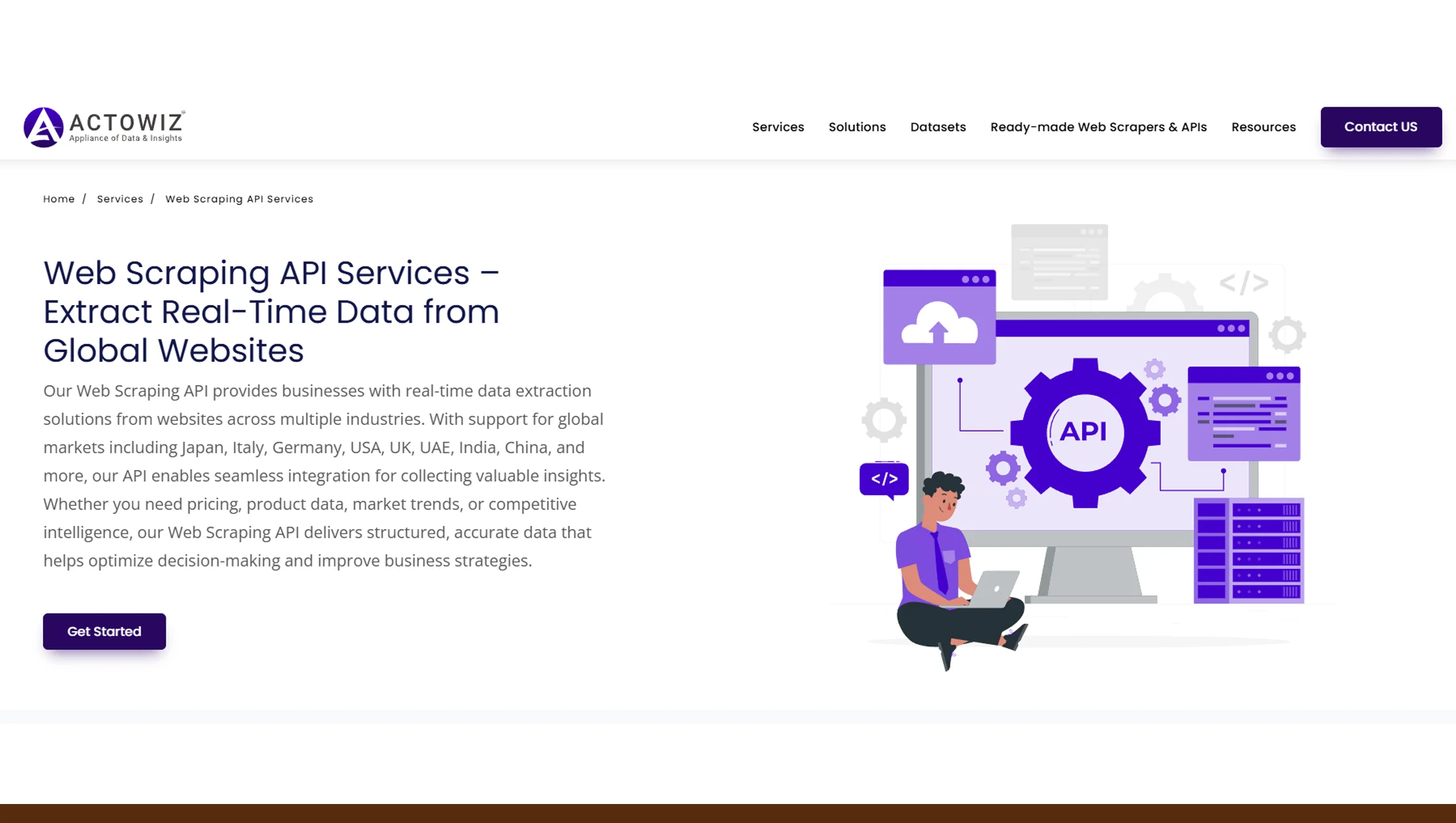
The Actowiz Solutions API focuses on precision and performance. With customizable features, it's ideal for brands needing localized or real-time image data.
Pros:
- Real-time data fetching
- Excellent customer support
- Strong filtering options for niche industries
Cons:
- Requires subscription
- Limited documentation for non-tech users
Highly rated as a reliable Google Custom Search API solution.
3. Datazivot API
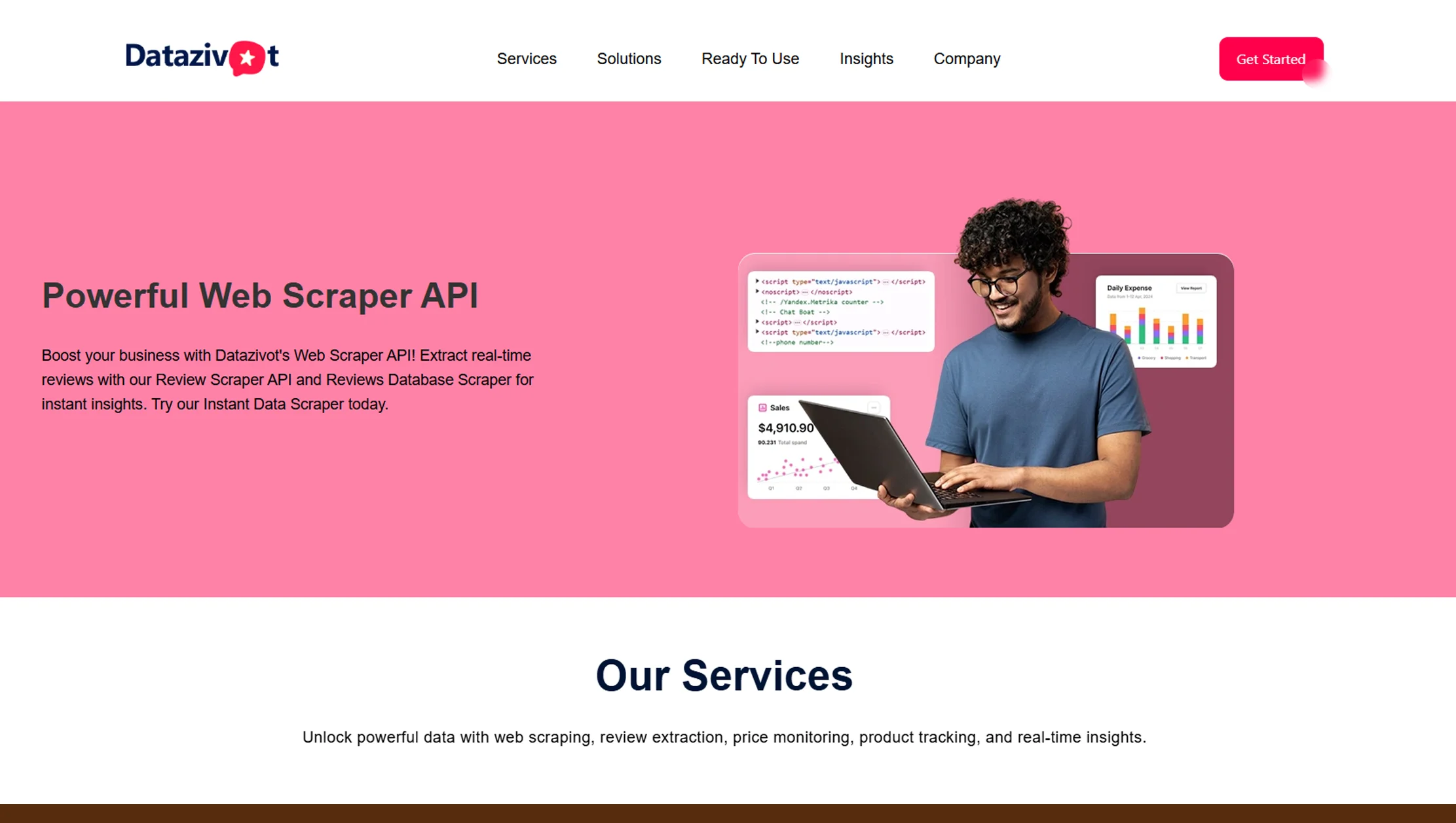
Designed for data scientists and digital marketers, Datazivot API makes image scraping seamless with advanced parsing and classification capabilities.
Pros:
- Fast data turnaround
- Pre-labeled data for AI projects
- Secure and compliant
Cons:
- Smaller community support
- Limited to English-language search
Great for teams needing a smart API Google image search tool.
4. Web Data Crawler API
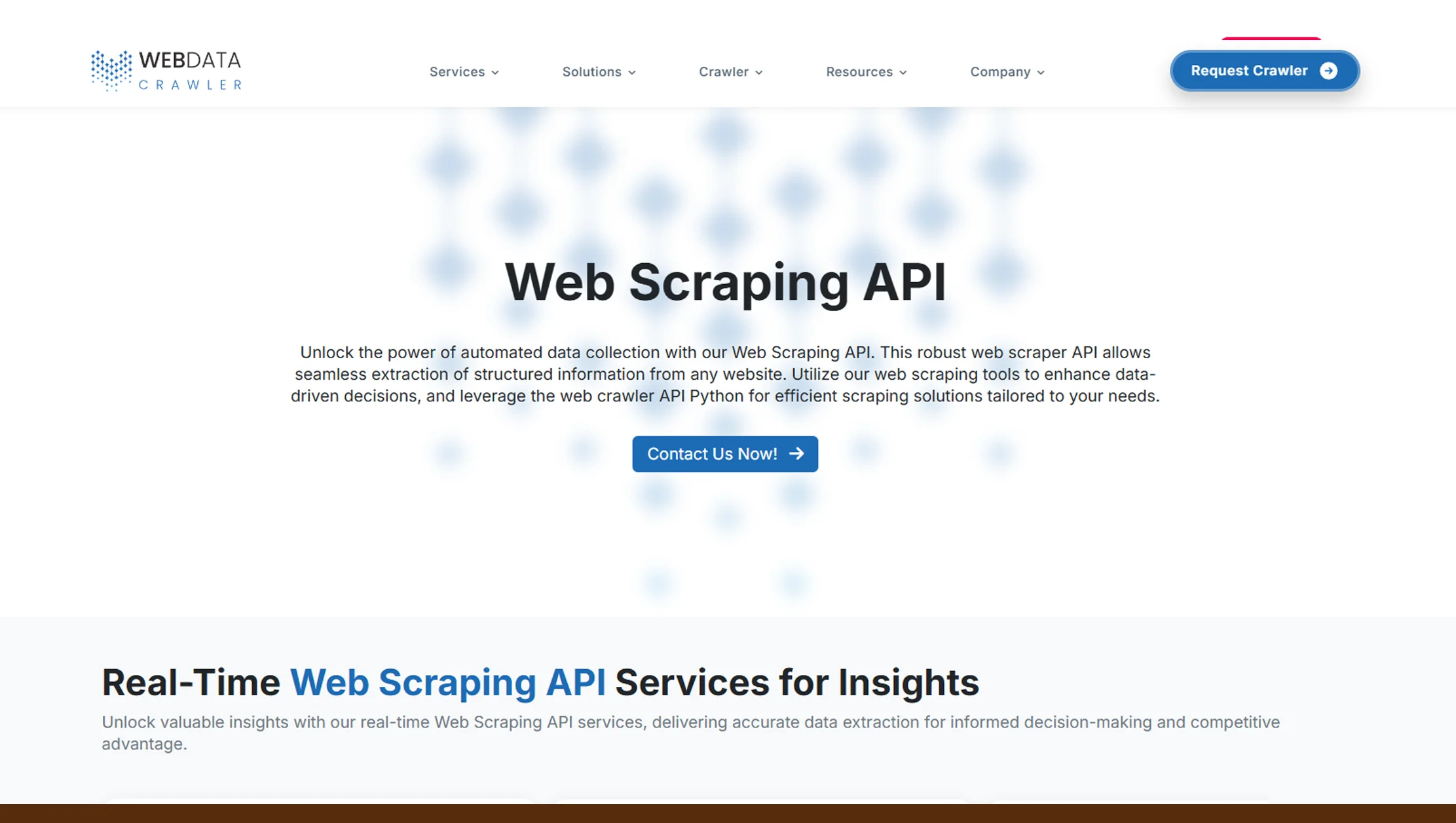
A versatile option, Web Data Crawler API supports multiple data formats and advanced filters. It's suitable for general use and broad market data collection.
Pros:
- Easy API setup
- Supports multiple output formats
- Budget-friendly for startups
Cons:
- May lag with very large datasets
- Less image-focused than others
Good for beginners exploring Google API search images capabilities.
5. iWeb Data Scraping API
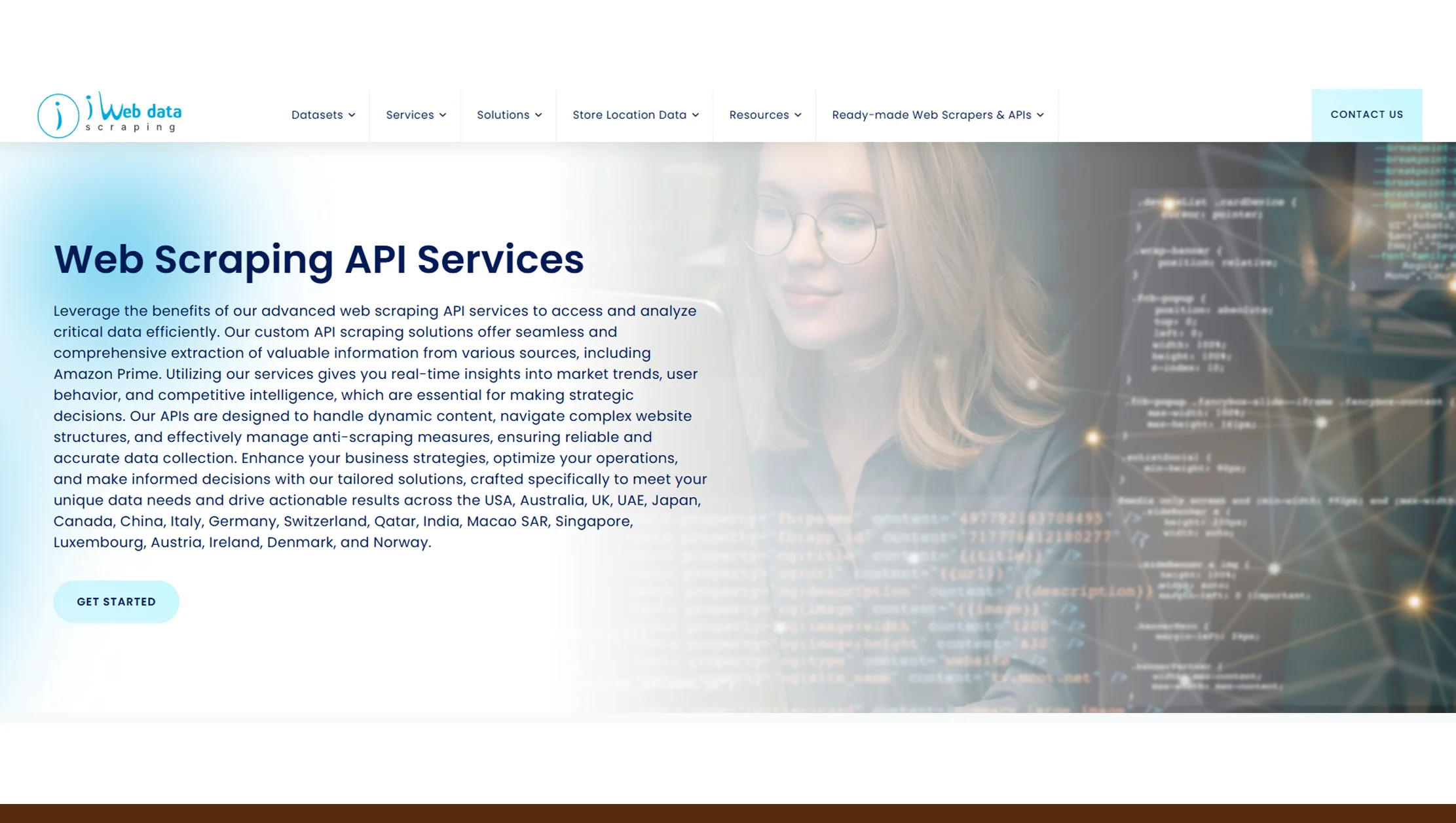
Built with retail and social media in mind, iWeb Data Scraping API excels at scraping images from dynamic content sources.
Pros:
- Smart image detection
- Handles infinite scroll and JavaScript
- Excellent documentation
Cons:
- Focused more on web apps than desktop
- Occasional API throttling
Popular among developers needing a tailored scraper Google image search API.
6. Mobile App Scraping API
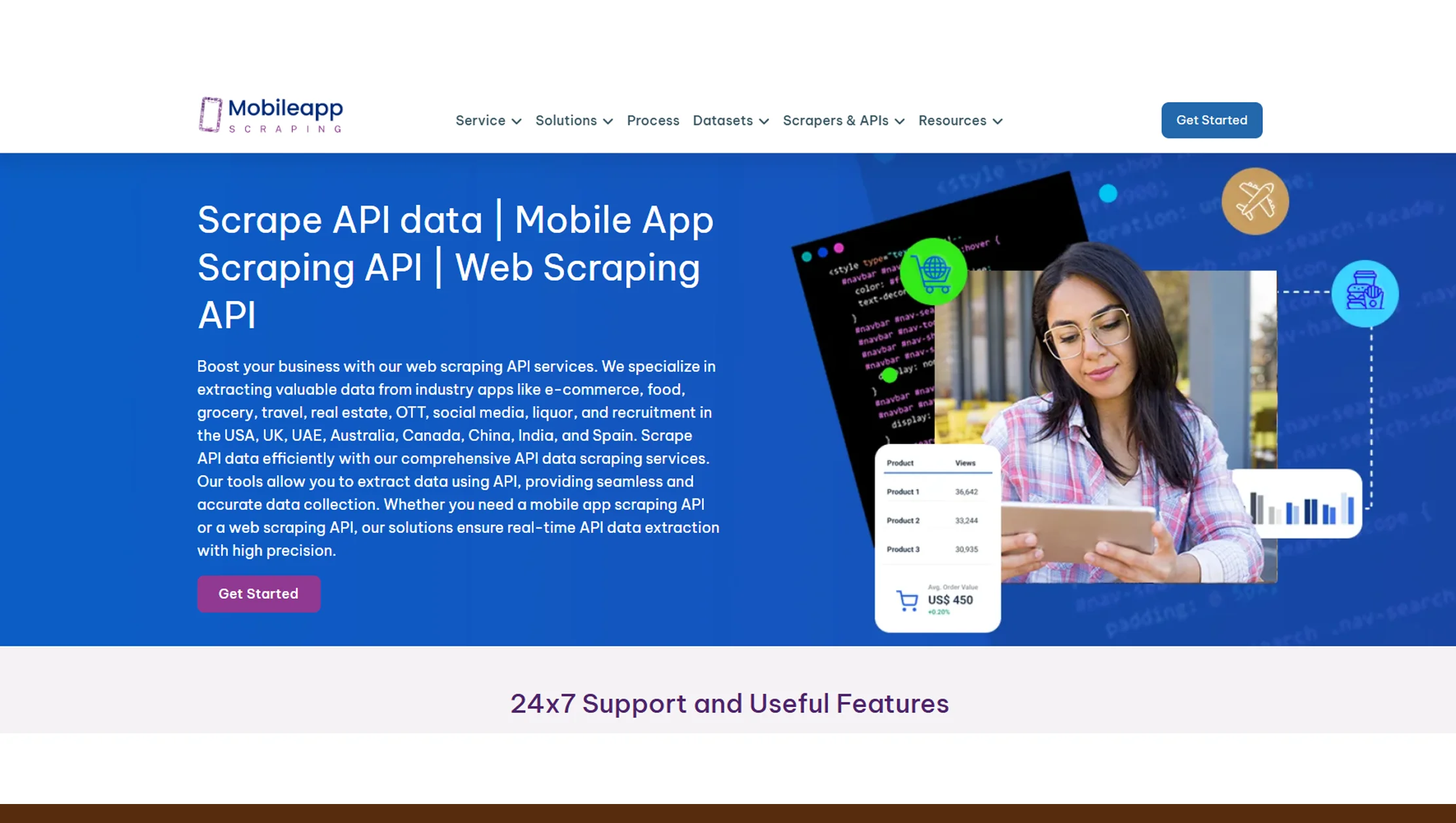
For those extracting image data from mobile apps or PWA sources, the Mobile App Scraping API is invaluable.
Pros:
- Designed for mobile-first platforms
- Works well with Android and iOS data
- Lightweight and modular
Cons:
- Smaller image dataset range
- Not ideal for desktop web scraping
Highly useful for hybrid apps using Google Custom Search API endpoints.
7. Food Data Scrape API
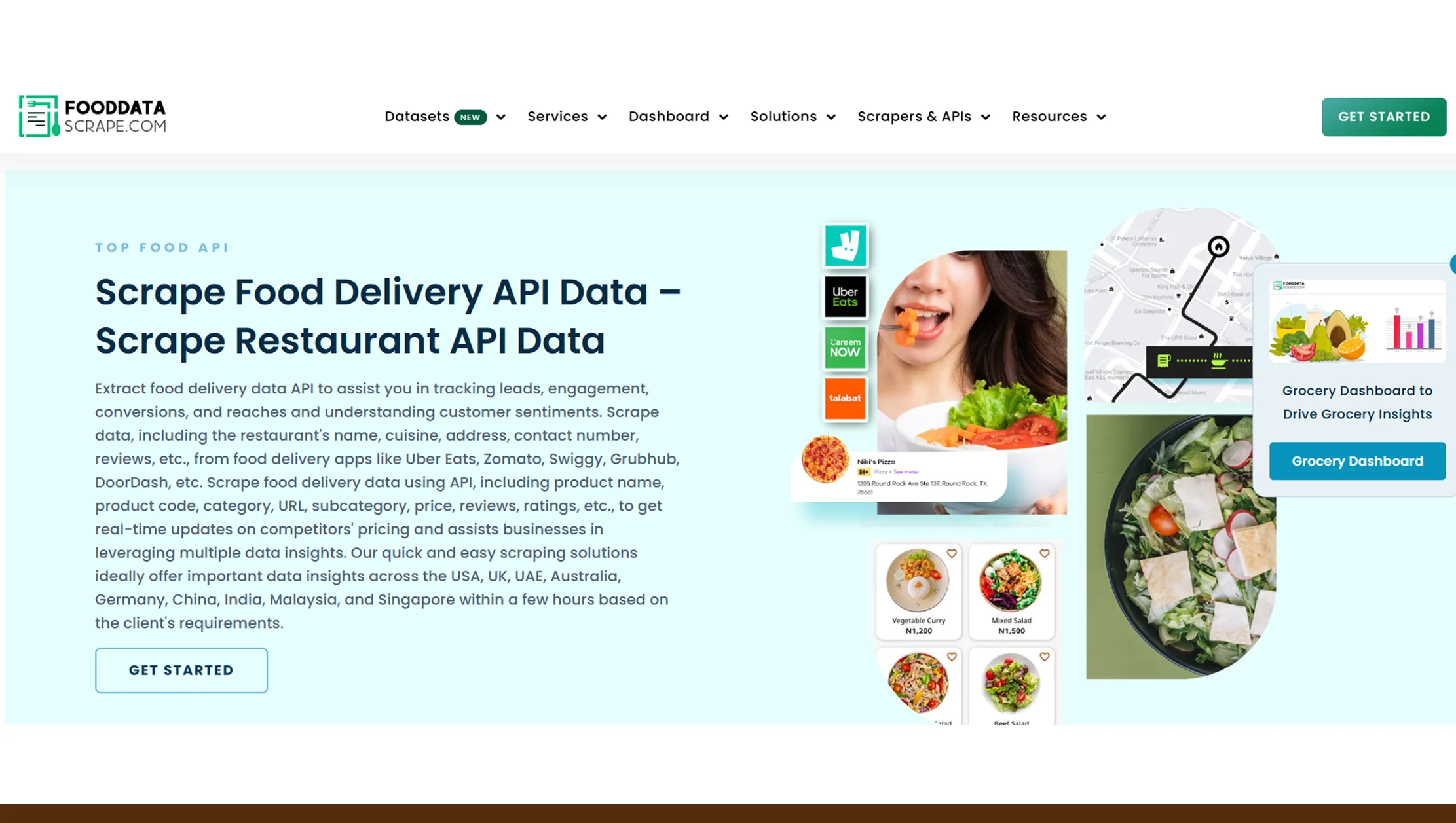
This niche API focuses on the food delivery and restaurant space. The Food Data Scrape API is great for gathering high-quality food images from review platforms and directories.
Pros:
- Niche-specific precision
- High-quality image retrieval
- API includes metadata like ratings and categories
Cons:
- Limited to food industry
- Premium plans required for bulk extraction
Top pick for culinary apps using API Google image search tech.
8. Product Data Scrape API
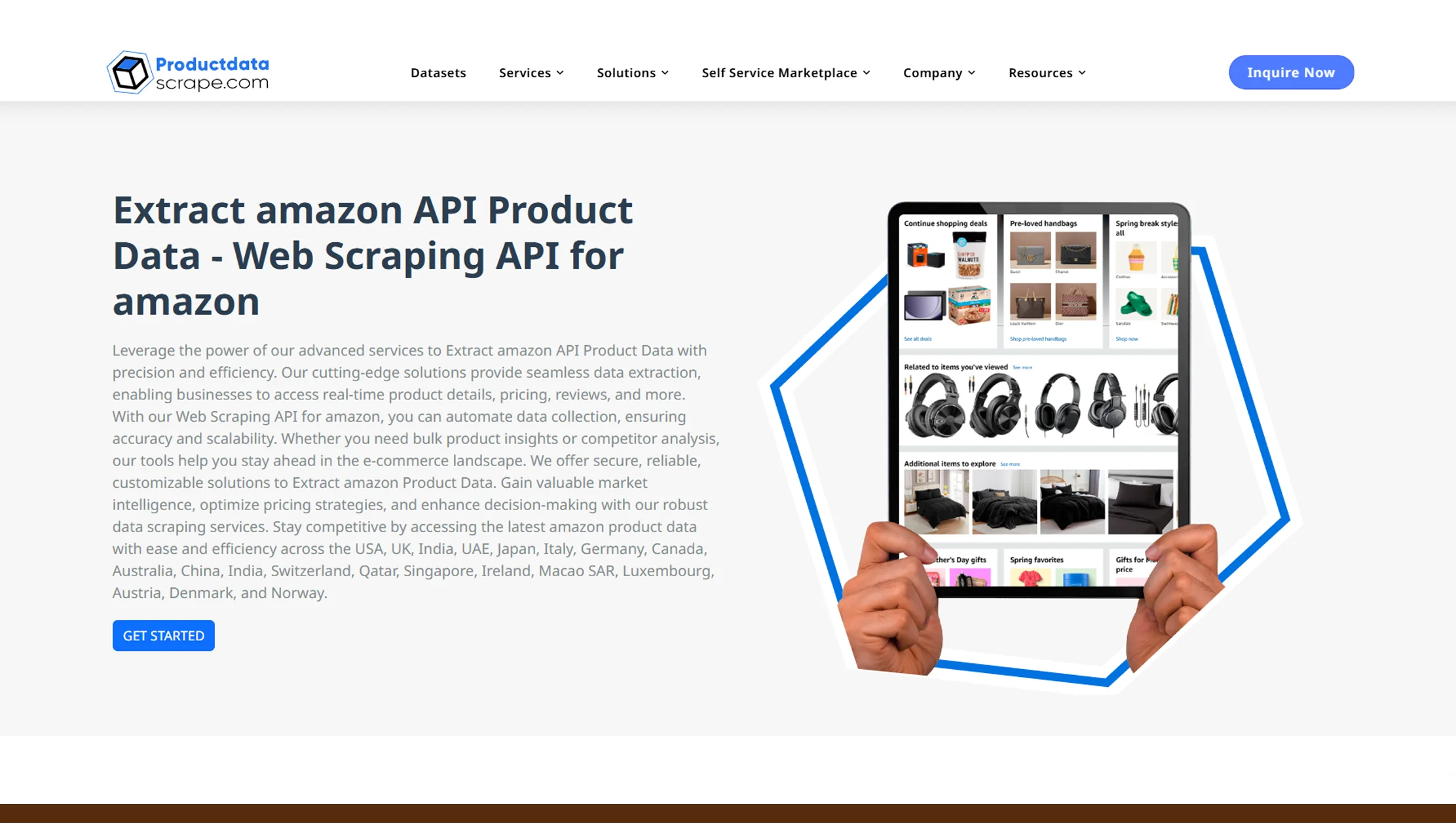
Perfect for e-commerce, Product Data Scrape API focuses on extracting product images from major online stores.
Pros:
- Multi-source aggregation
- Auto-categorization of products
- Real-time inventory image tracking
Cons:
- Requires API key rotation for scale
- Not suited for general-purpose scraping
Highly compatible with Google API search images workflows.
9. Retails Scrape API
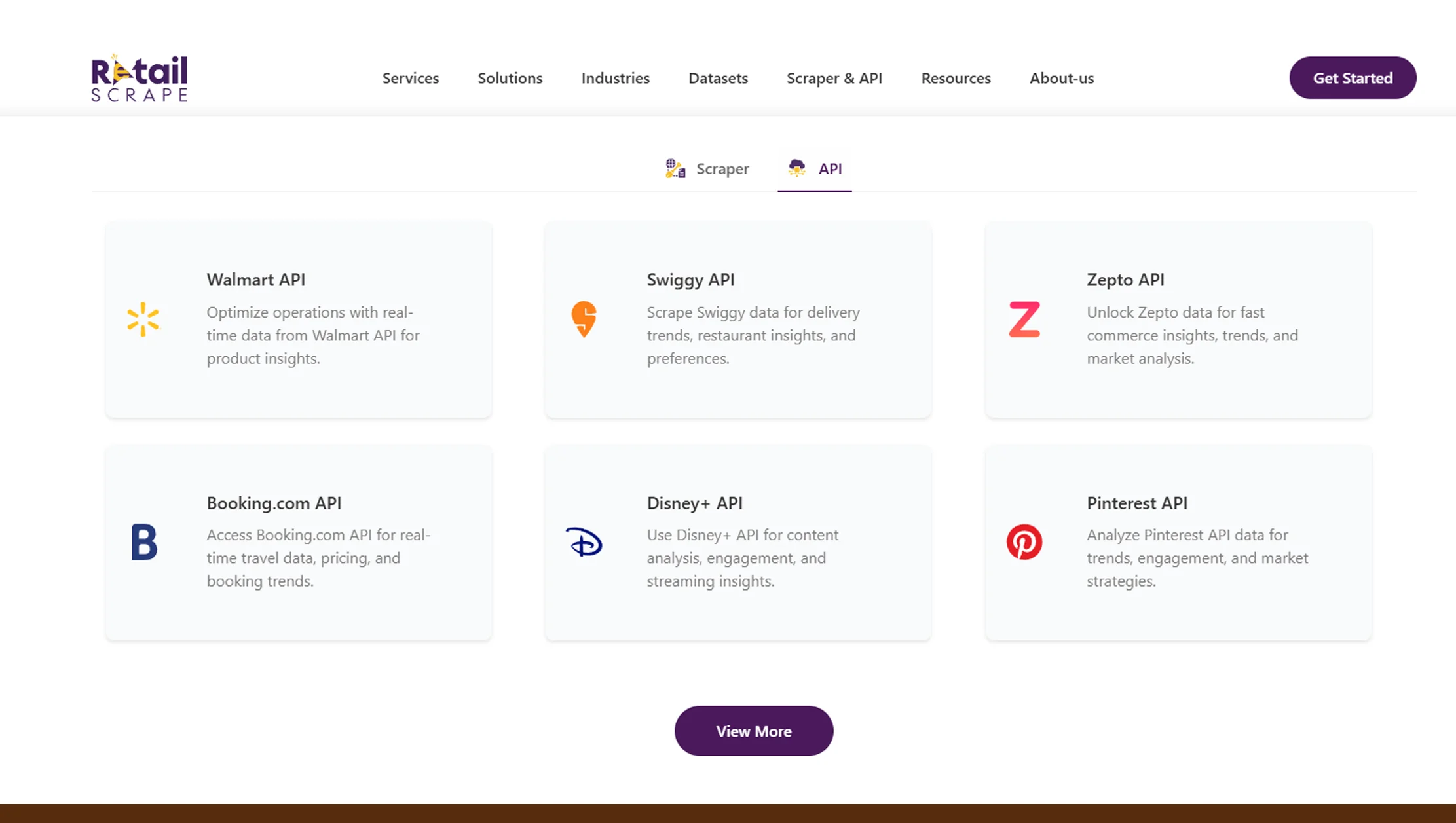
Designed for retail intelligence, Retails Scrape API combines image extraction with pricing and availability data.
Pros:
- Image + pricing data bundle
- Strong anti-blocking measures
- Custom dashboards available
Cons:
- Enterprise-focused pricing
- Integration takes time
Ideal for retail brands using Google Image Search APIs to understand competitors.
10. Travel Scrape API
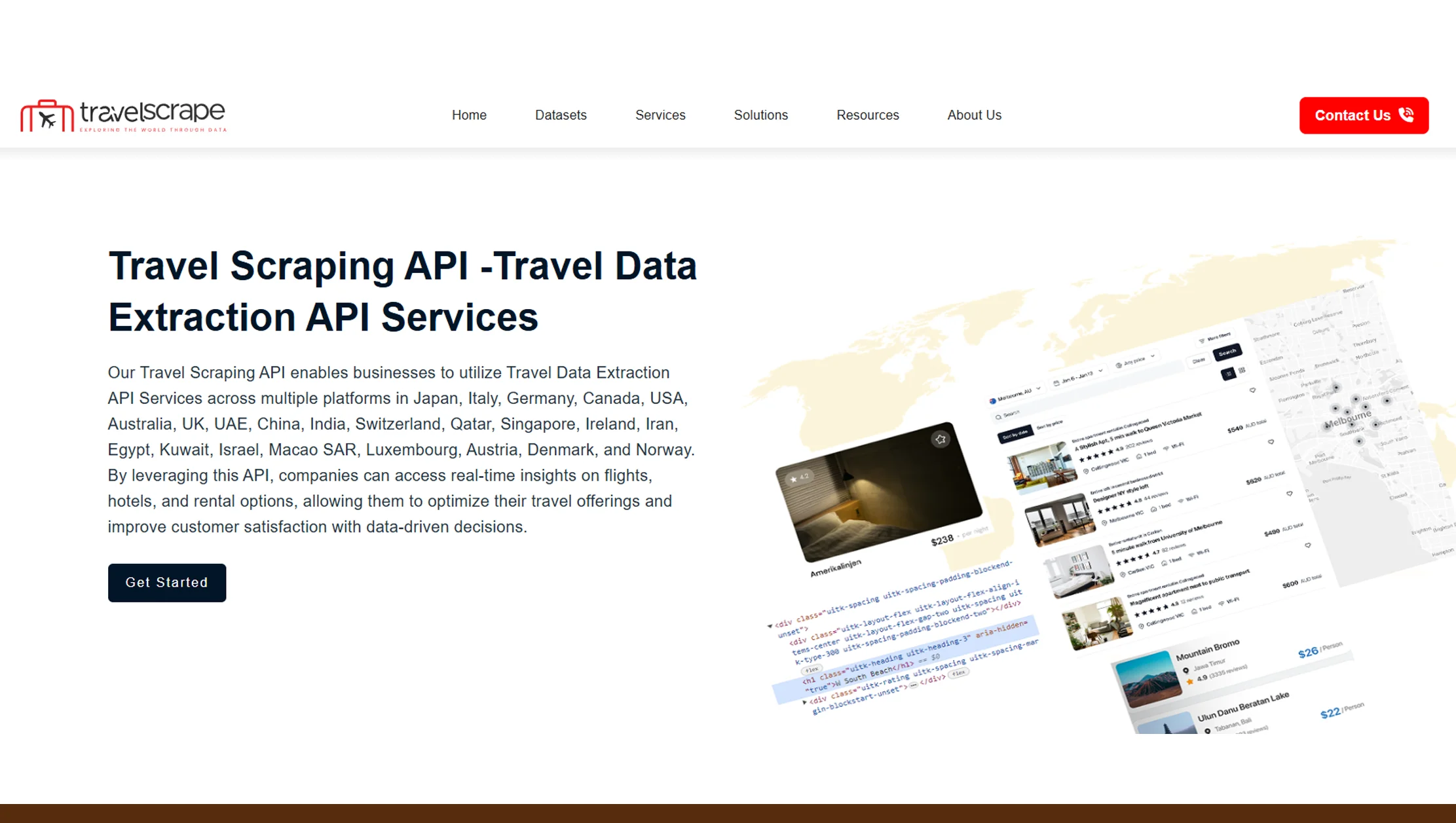
The Travel Scrape API is tailored for extracting destination and accommodation images from travel portals and listings.
Pros:
- Location-based image data
- Includes reviews and ratings
- Great for travel blogs and OTAs
Cons:
- Limited to travel industry
- May need manual tuning for niche locations
Useful for tourism brands looking into scraper Google image search API tools.
Important Criteria for Picking the Right Google Image API
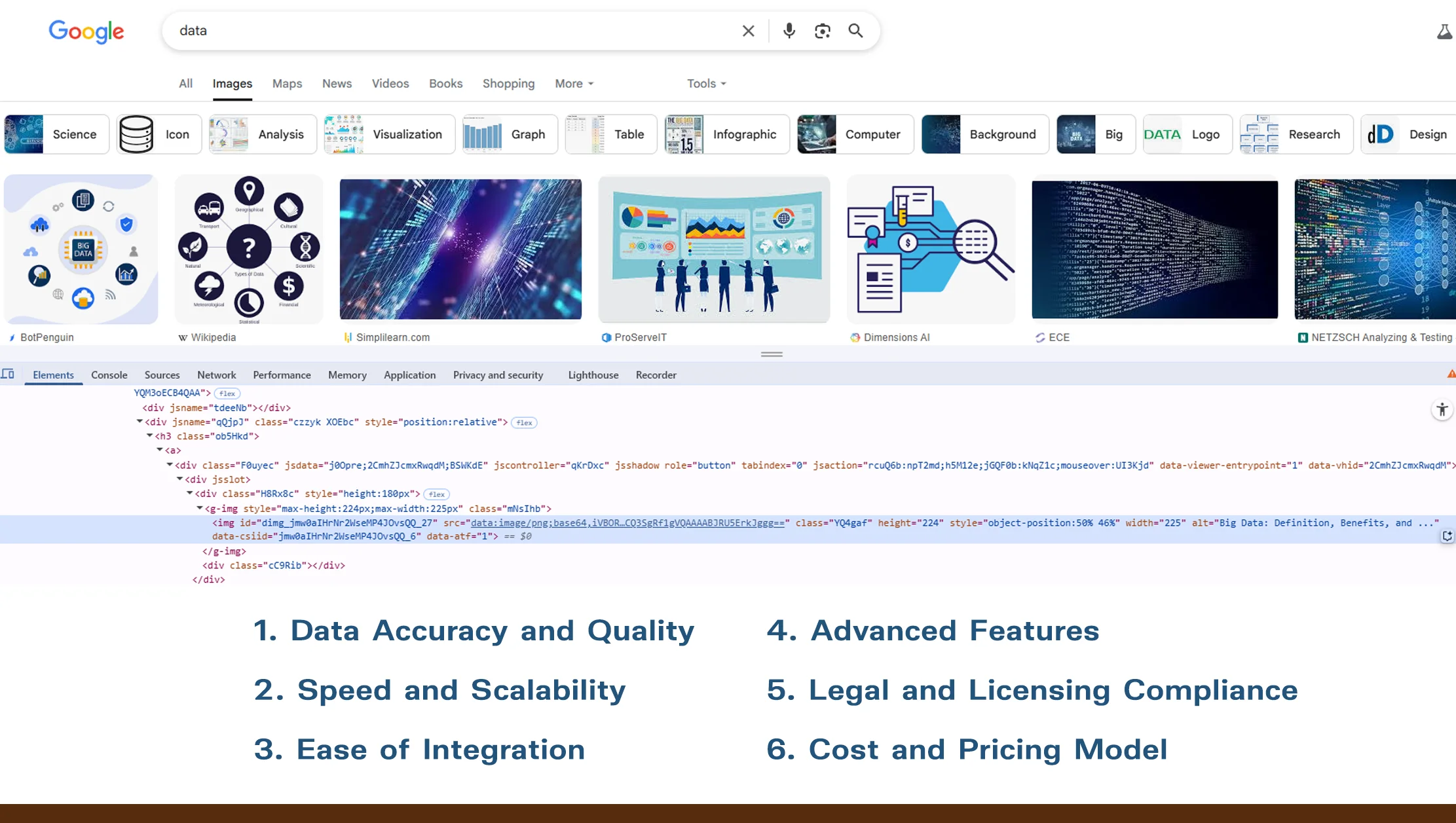
Choosing the right Google Image API is crucial for efficiently accessing and managing image data that suits your project’s needs. With numerous options available, making an informed decision involves considering several key factors to ensure you get the best performance, scalability, and value.
1. Data Accuracy and Quality
The primary goal of using a Google Image API is to retrieve accurate and relevant images. Look for APIs that provide high-quality images along with rich metadata, such as image size, format, source URL, and licensing information. This metadata helps you filter and manage images properly, ensuring you use only suitable content, especially important when dealing with copyright restrictions.
2. Speed and Scalability
Depending on your use case, you may need to process large volumes of image data quickly. Evaluate how well an API handles scalability and speed. A good API should allow bulk queries without significant delays and scale seamlessly as your data needs grow. Slow or limited APIs can bottleneck your projects and affect downstream workflows.
3. Ease of Integration
An API that integrates smoothly with your existing tech stack reduces development time and cost. Look for well-documented APIs with clear guides, SDKs, and support for popular programming languages. APIs that support RESTful architecture and return data in common formats like JSON or XML typically offer easier integration.
4. Advanced Features
Some Google Image APIs offer AI-enhanced capabilities such as automatic image categorization, facial recognition, or object detection. These features can add significant value by saving time on manual sorting and enabling smarter analysis. Consider your project’s requirements and whether these advanced tools align with your goals.
5. Legal and Licensing Compliance
Image usage rights are a crucial consideration. Choose APIs that provide licensing information with their results or allow filtering images by usage rights. This reduces the risk of legal complications from unauthorized image use, especially for commercial applications.
6. Cost and Pricing Model
Pricing can vary widely between APIs. Understand the cost structure, including charges per request, subscription fees, and any limits on free usage. Ensure the pricing model aligns with your budget and expected volume, avoiding unexpected expenses as your project scales.
Selecting the right Google Image API requires balancing accuracy, speed, integration ease, advanced features, legal compliance, and cost. Evaluating these factors carefully will help you choose a solution that not only meets your immediate needs but also supports your project’s growth and long-term success.
Find the perfect Google Image API for your needs—explore key criteria and make the smart choice!
Get Insights Now!Why Choose Real Data API?
When it comes to extracting and managing image data at scale, Real Data API stands out as a top-tier solution. Designed for businesses and developers who demand speed, accuracy, and smart automation, it offers a comprehensive set of features tailored for modern image data needs.
One of the biggest reasons to choose Real Data API is its high-speed, scalable performance. Unlike many other tools that struggle with large datasets, Real Data API can handle massive volumes of image extraction quickly and efficiently. Whether you need thousands or millions of images, the API ensures smooth, uninterrupted data flow without compromising quality.
Another standout feature is the API’s AI-powered image categorization. This advanced capability automatically sorts and tags images based on their content, saving you time and effort in organizing your datasets. This makes it especially useful for applications like visual product analysis, where quick and accurate classification is essential.
Real Data API also excels in integration flexibility. Its design supports easy incorporation into your existing tech stack, whether you're using cloud platforms, machine learning pipelines, or custom databases. The well-documented API and developer-friendly tools ensure a smooth onboarding experience, even for complex workflows.
While Real Data API offers advanced features, it is best suited for users with some technical background. This ensures you can unlock its full potential and customize it to your needs. Pricing is competitive for large-scale projects but may be less suitable for smaller operations with limited budgets.
In summary, Real Data API is a powerful, scalable, and intelligent solution for anyone serious about automated image data extraction. Its combination of speed, AI capabilities, and integration options makes it an ideal choice for enterprises and developers looking to streamline their image data workflows and gain valuable insights efficiently.
Conclusion
Whether you're in e-commerce, travel, or digital marketing, the right Google Image Search APIs can power your visual data strategies efficiently. Evaluate each option based on your specific needs—speed, precision, scalability, or niche focus.
Ready to extract smarter, faster, and more accurate image data? Start with Real Data API today!













